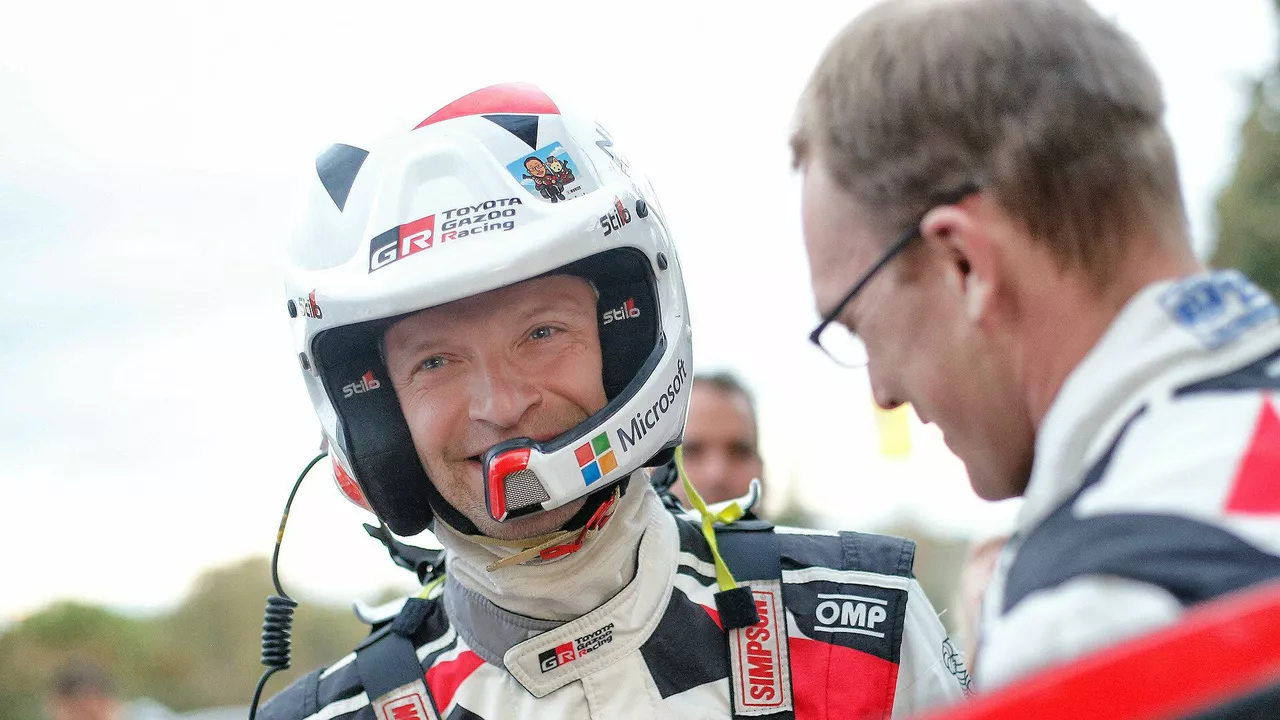Navigation in Rally Racing: What You Need to Know
When you hear "rally" you picture high‑octane cars tearing through mud, snow, and gravel. Most fans focus on the driver’s skill, but the real secret sauce is navigation. A rally crew is a two‑person team: the driver flies the car, and the co‑driver reads pace notes that describe every twist, jump, and surface change ahead. Without crisp navigation, even the best driver can miss a corner and crash.
So, how does navigation actually work? Before the event, the crew does a reconnaissance run, often called a "recce." During the recce they drive the stage at low speed, shouting out observations and writing them down as short, consistent codes – like "LR 50" for a left‑right turn at 50 meters or "JUMP 10" for a small hop. These notes become the GPS‑free map the co‑driver trusts during the race.
Why Navigation Matters
The rally stage is a moving puzzle. Unlike a circuit where the track is always the same, each stage can change with weather, tire wear, or even a new obstacle. The driver can’t see far ahead, especially on narrow forest roads. That’s where the co‑driver’s voice becomes the driver’s eyes.
Good navigation lets the driver keep the optimum line, maintain speed, and avoid costly mistakes. It also helps manage the car’s wear – knowing when a surface will turn from gravel to ice lets the driver adjust throttle and brake use, saving tires and preserving the engine.
How to Master Rally Navigation
1. Standardize Your Pace Note System. Use a simple, repeatable code. Most crews adopt the "FIA" system: "L" for left, "R" for right, followed by a number indicating severity (1‑5). Add qualifiers like "C" for crests, "J" for jumps, or "S" for slippery sections. Consistency means the driver can anticipate each note without guessing.
2. Practice the Recce Together. The driver should watch the co‑driver write notes and ask questions. This builds trust and ensures the notes match the driver’s perception of the road.
3. Keep the Pace Notes Clean. Avoid overly long descriptions. A note like "LR 30" is quicker to read than "sharp left then immediate right at a 30‑meter marker." Speed of reading matters when you’re racing at 80 mph on a twisty mountain.
4. Use Rhythm. The co‑driver reads notes in a steady beat that matches the car’s speed. If you’re creeping through a tight forest section, the rhythm slows; on a fast straight, it speeds up. This rhythm helps the driver know when the next instruction is coming.
5. Stay Calm Under Pressure. Mistakes happen. If a note is missed, both driver and co‑driver must recover quickly without panicking. A calm voice keeps the driver focused and prevents over‑steering.
Many of the questions on our site touch on navigation indirectly – from "Do rally drivers use handbrake?" to "How does race strategy differ between rally and F1?" Understanding navigation gives context to those topics. For example, a well‑timed handbrake turn relies on precise notes about a tight corner, and strategic pacing depends on knowing when to conserve the car for tougher sections.
Ready to test your own skills? Grab a notebook, pick a local road, and do a mini‑recce with a friend. Write simple notes, then drive the route together using only the co‑driver’s voice. You’ll feel the difference instantly.
Navigation is the hidden engine of rally racing. Master it, and you’ll turn every stage into a smooth, fast, and safer adventure. Keep practicing, stay consistent, and let the co‑driver’s rhythm guide you to the finish line.

What does a co-pilot do in a rally?
As a rally enthusiast, I've always been curious about the role of a co-pilot in a rally race. A co-pilot, also known as a navigator or co-driver, plays a crucial role in guiding the driver through the course by providing precise instructions on the route, the upcoming turns, and any obstacles ahead. They also help the driver maintain the correct pace and manage the car's performance, ensuring the team stays competitive throughout the race. The co-pilot is responsible for reading the pace notes, which are detailed descriptions of the route, and communicating them to the driver in real-time. In summary, a co-pilot's essential job is to ensure the driver has all the necessary information to navigate the rally course efficiently and safely.